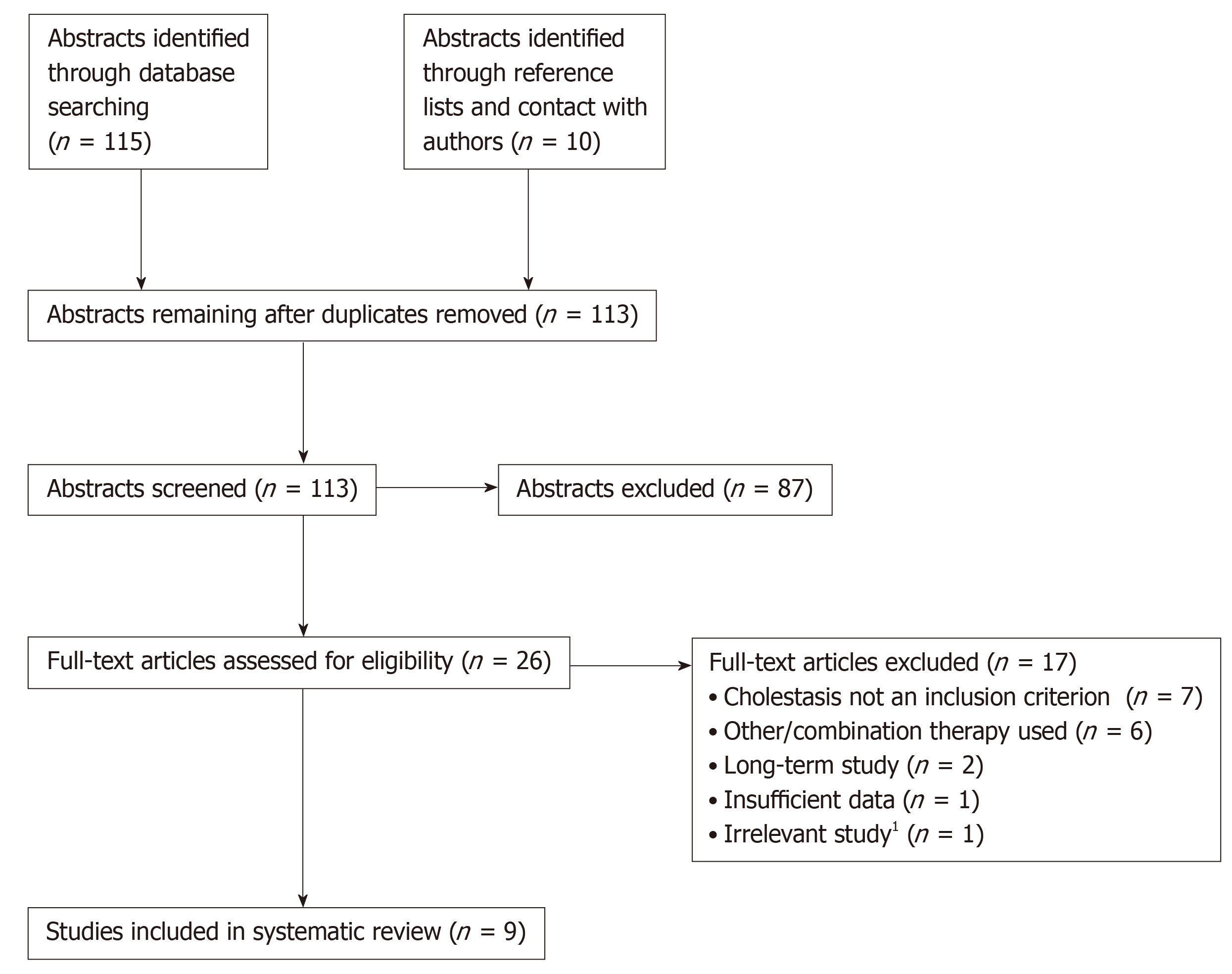Copyright
©The Author(s) 2020.
World J Hepatol. Feb 27, 2020; 12(2): 46-63
Published online Feb 27, 2020. doi: 10.4254/wjh.v12.i2.46
Published online Feb 27, 2020. doi: 10.4254/wjh.v12.i2.46
Figure 1 Mechanism of action of S-adenosylmethionine[11,13,47].
S-adenosylmethionine (AdoMet)-dependent methylation reactions yield S-adenosylhomocysteine as a by-product, and S-adenosylhomocysteine is cleaved into adenosine and homocysteine by S-adenosylhomocysteine hydrolase. Remethylation of homocysteine to form methionine occurs by methionine synthase and betaine homocysteine methyltransferase. In the transsulfuration pathway, homocysteine is converted to cysteine, which is the rate-limiting precursor for glutathione, via an enzymatic process catalyzed by cystathionine β-synthase and cystathionase. To synthesize polyamines, AdoMet is decarboxylated in a reaction catalyzed by AdoMet decarboxylase. The predominant polyamines in mammalian cells are spermidine and spermine, which are made by sequential addition of aminopropyl groups from AdoMet decarboxylase; methylthioadenosine is a by-product of these reactions. These metabolites of AdoMet have biological effects[48-52], which may improve hepatic detoxification and amelioration of liver injury[19,53]. AdoMet: S-adenosylmethionine; IL: Interleukin; TNF: Tumor necrosis factor.
Figure 2 Flow diagram of the study selection process.
1This study evaluated the use of AdoMet in psoriasis and included no data on chronic liver disease.
- Citation: Noureddin M, Sander-Struckmeier S, Mato JM. Early treatment efficacy of S-adenosylmethionine in patients with intrahepatic cholestasis: A systematic review. World J Hepatol 2020; 12(2): 46-63
- URL: https://www.wjgnet.com/1948-5182/full/v12/i2/46.htm
- DOI: https://dx.doi.org/10.4254/wjh.v12.i2.46










